Looking in and out from Cozla
Abraham Kritzman
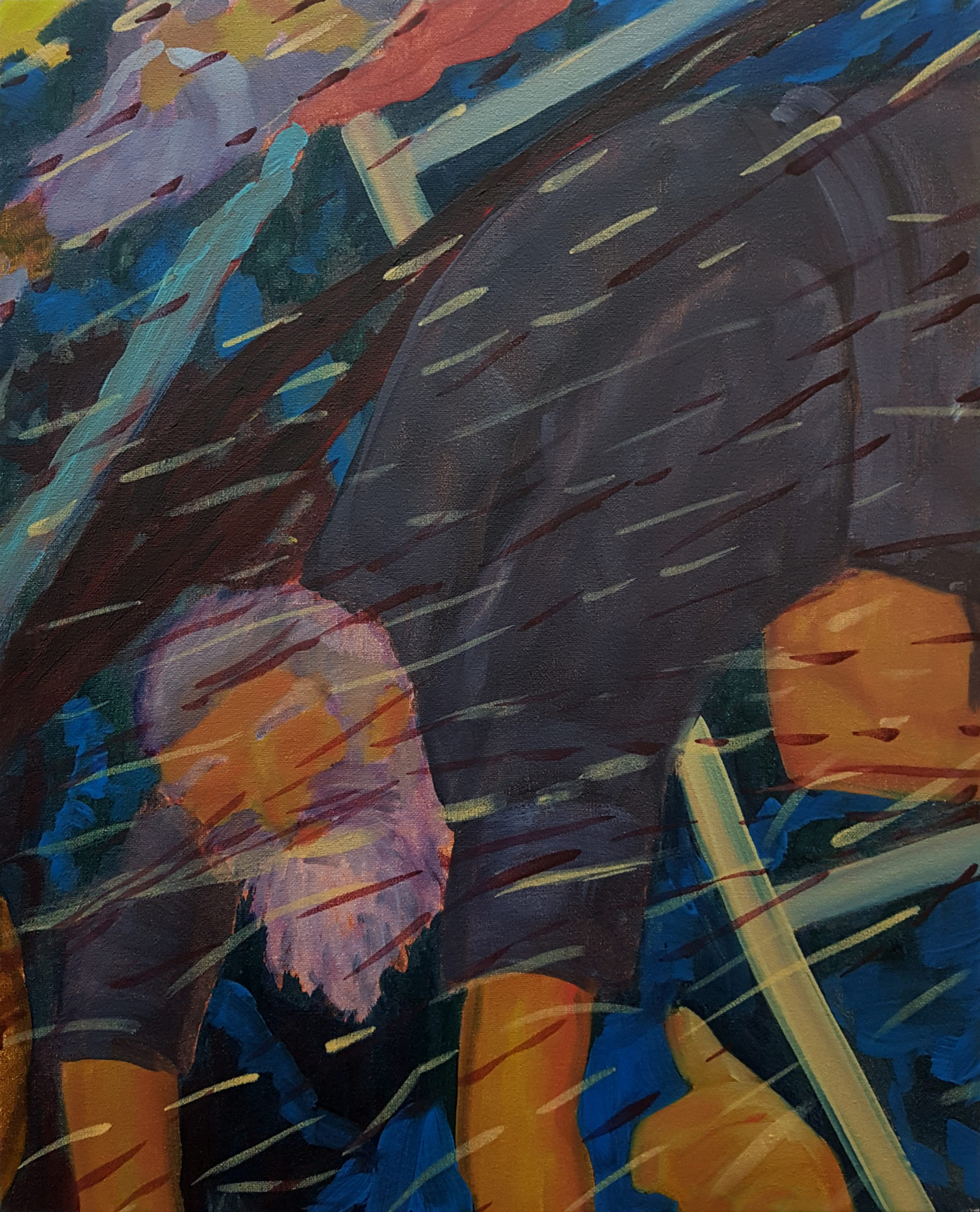
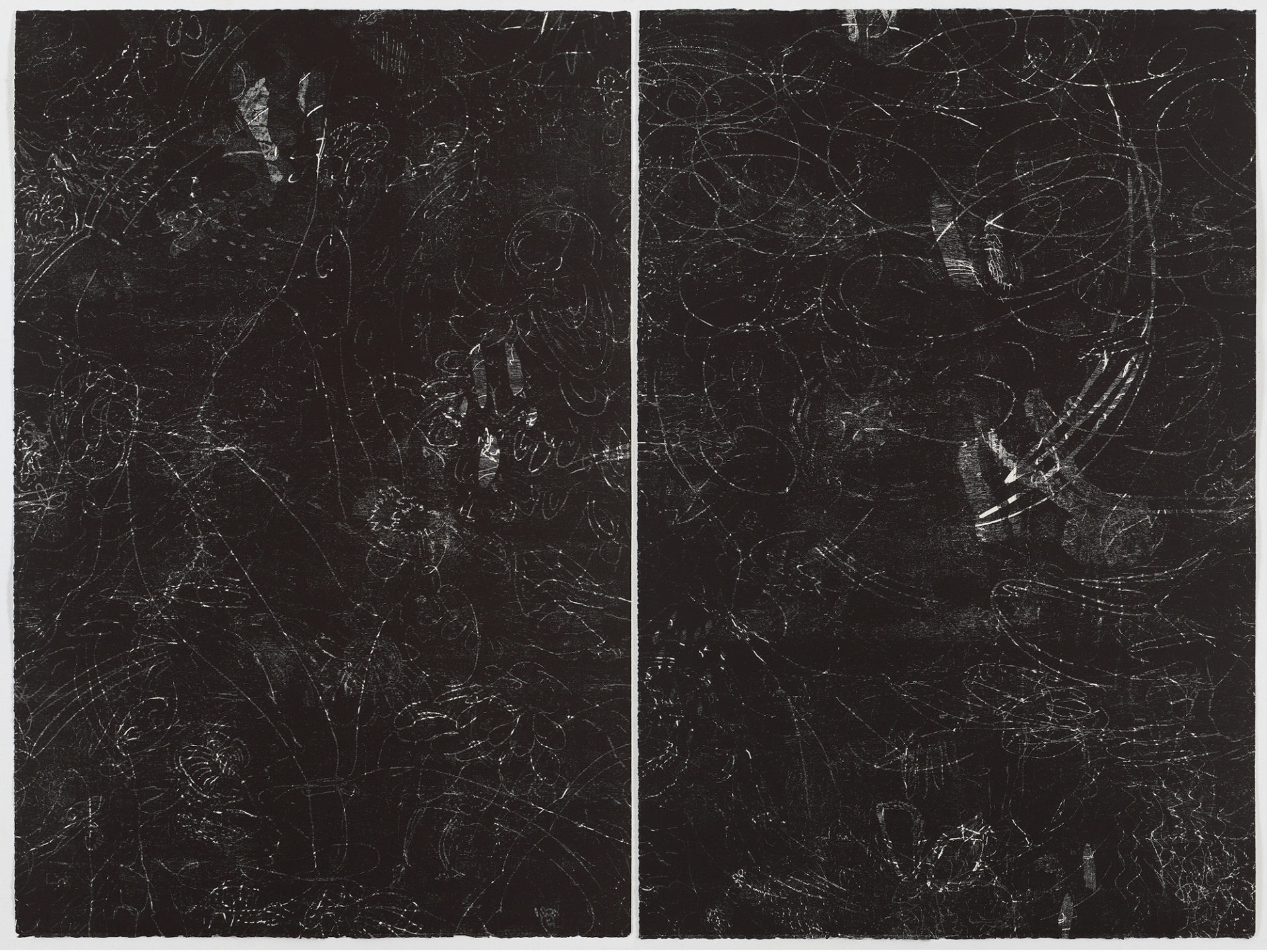
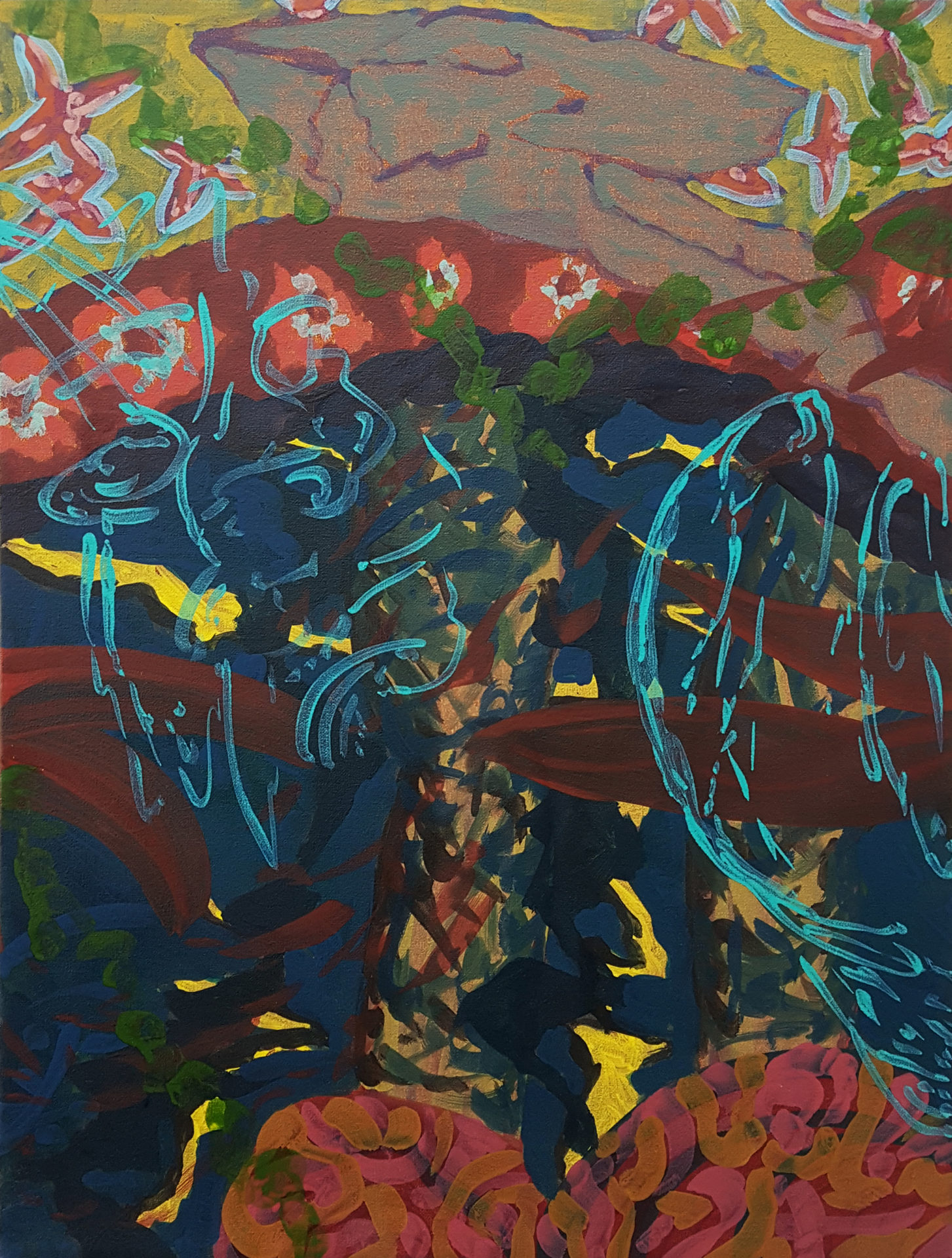
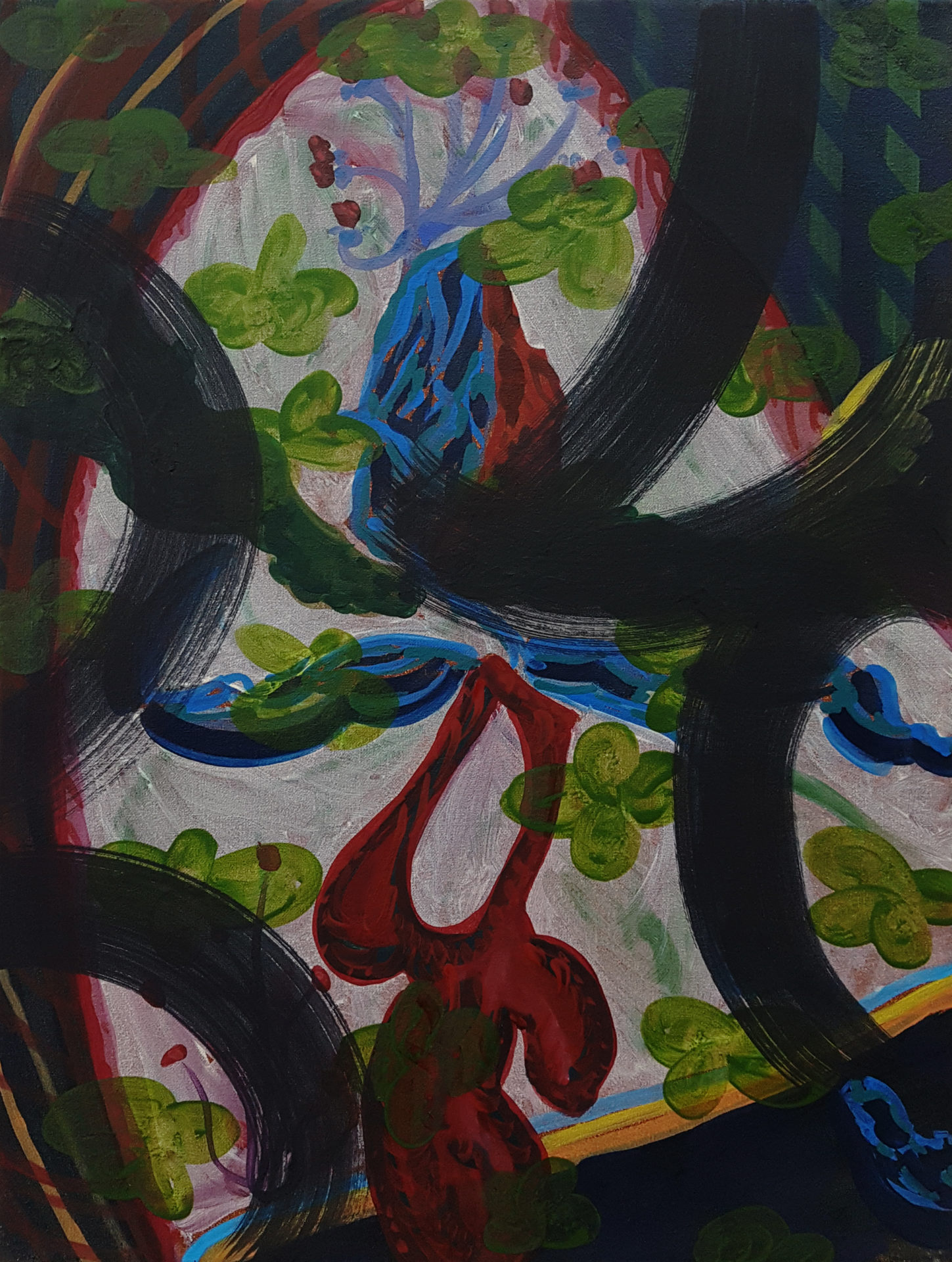

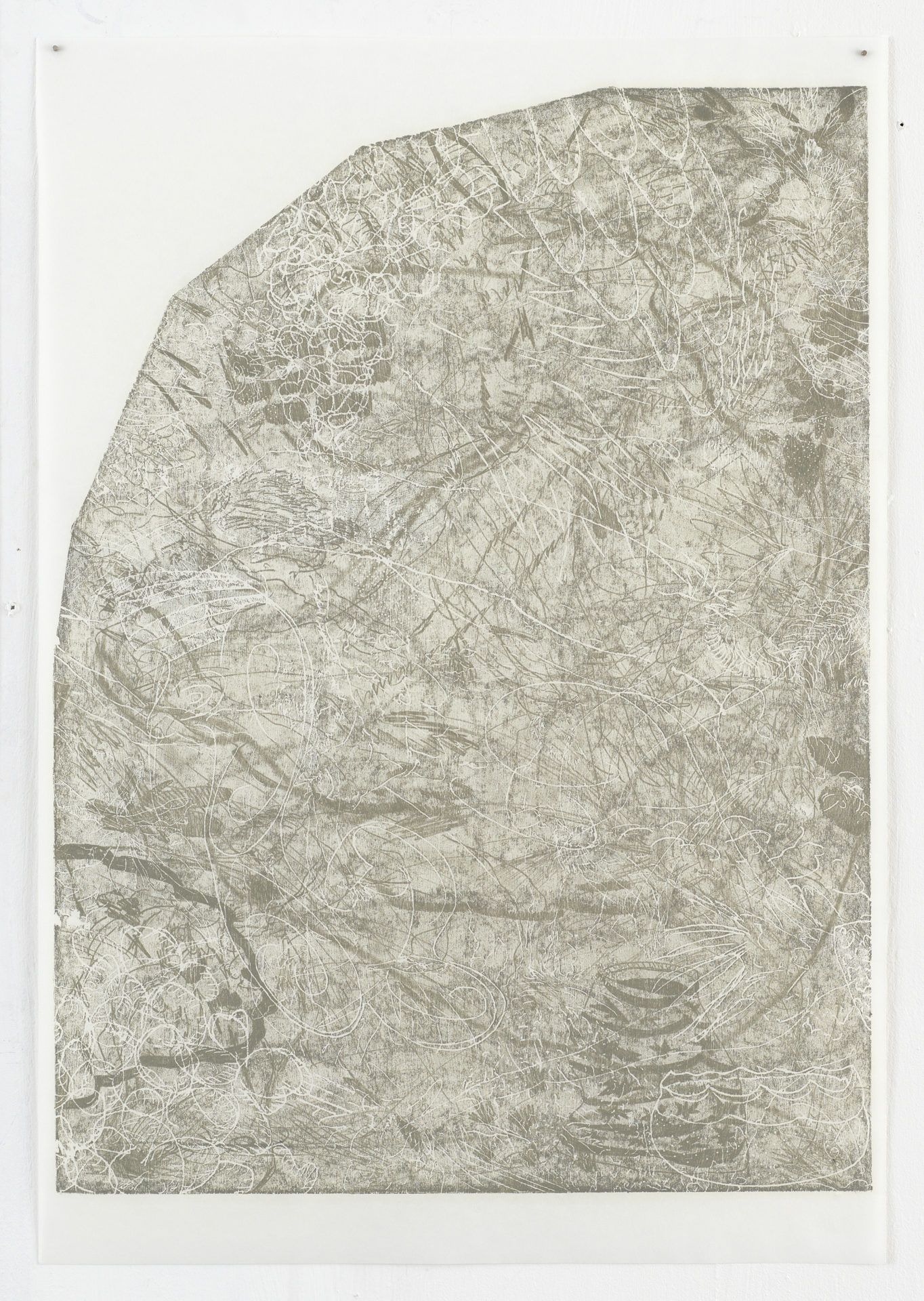
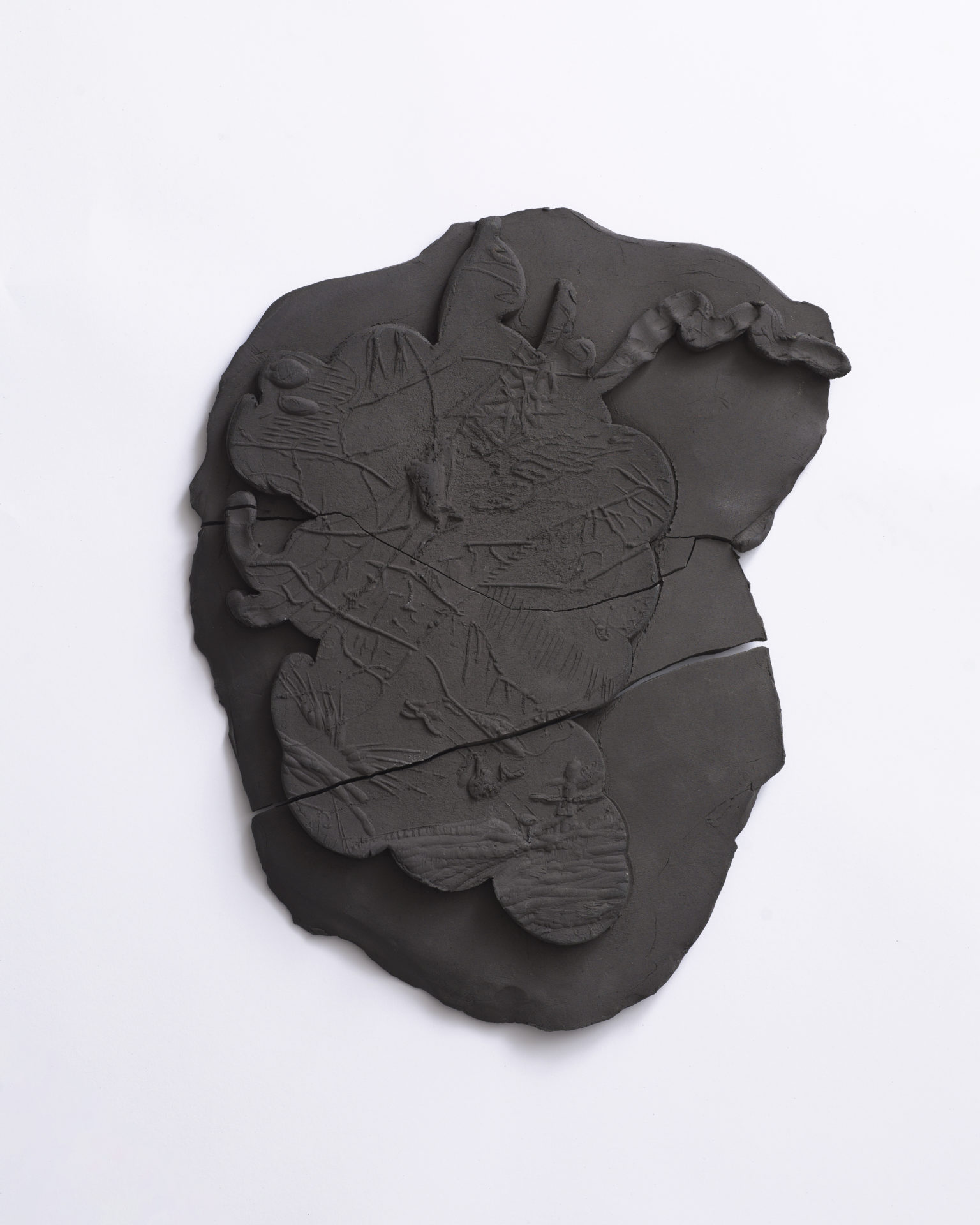

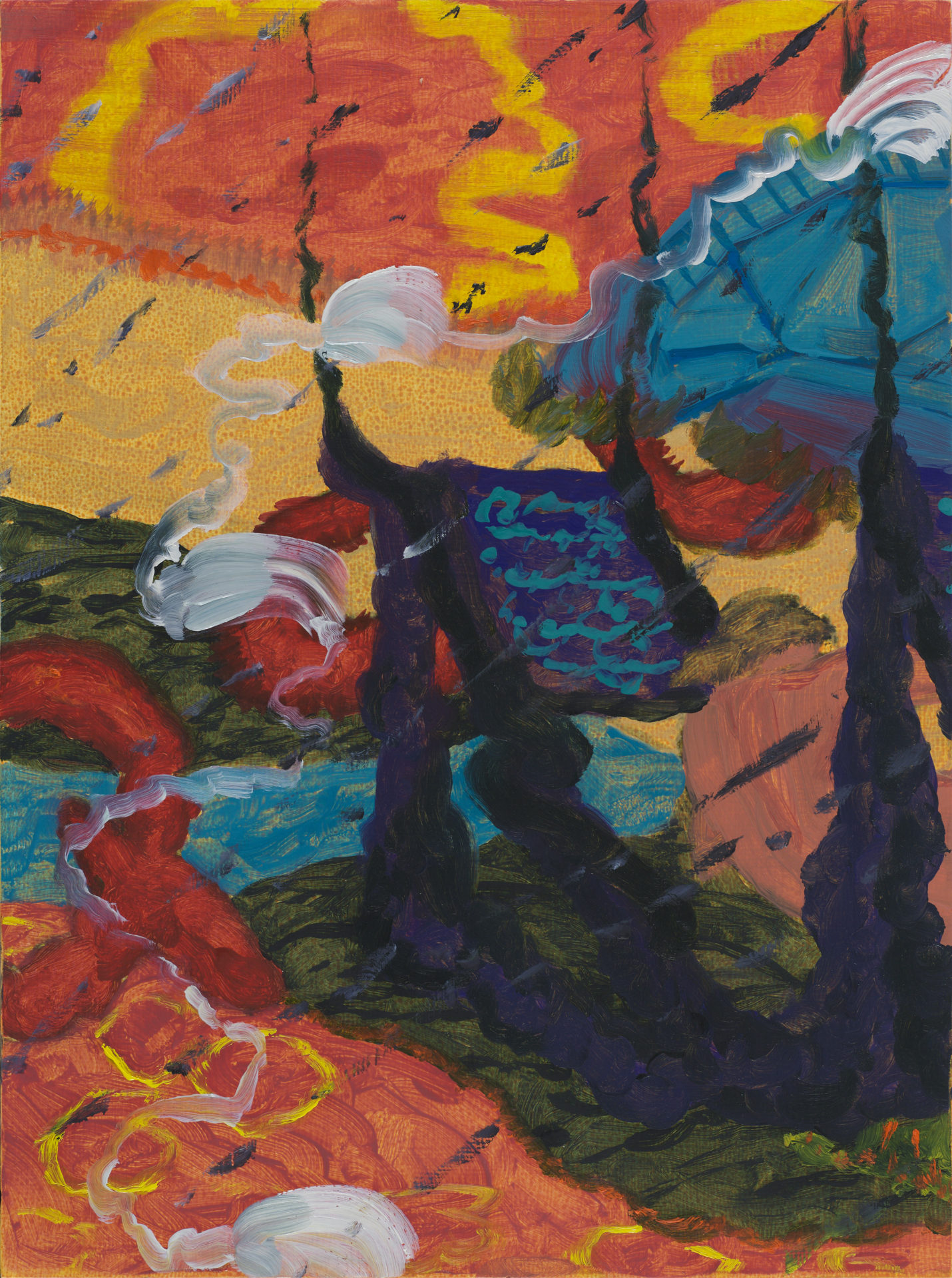
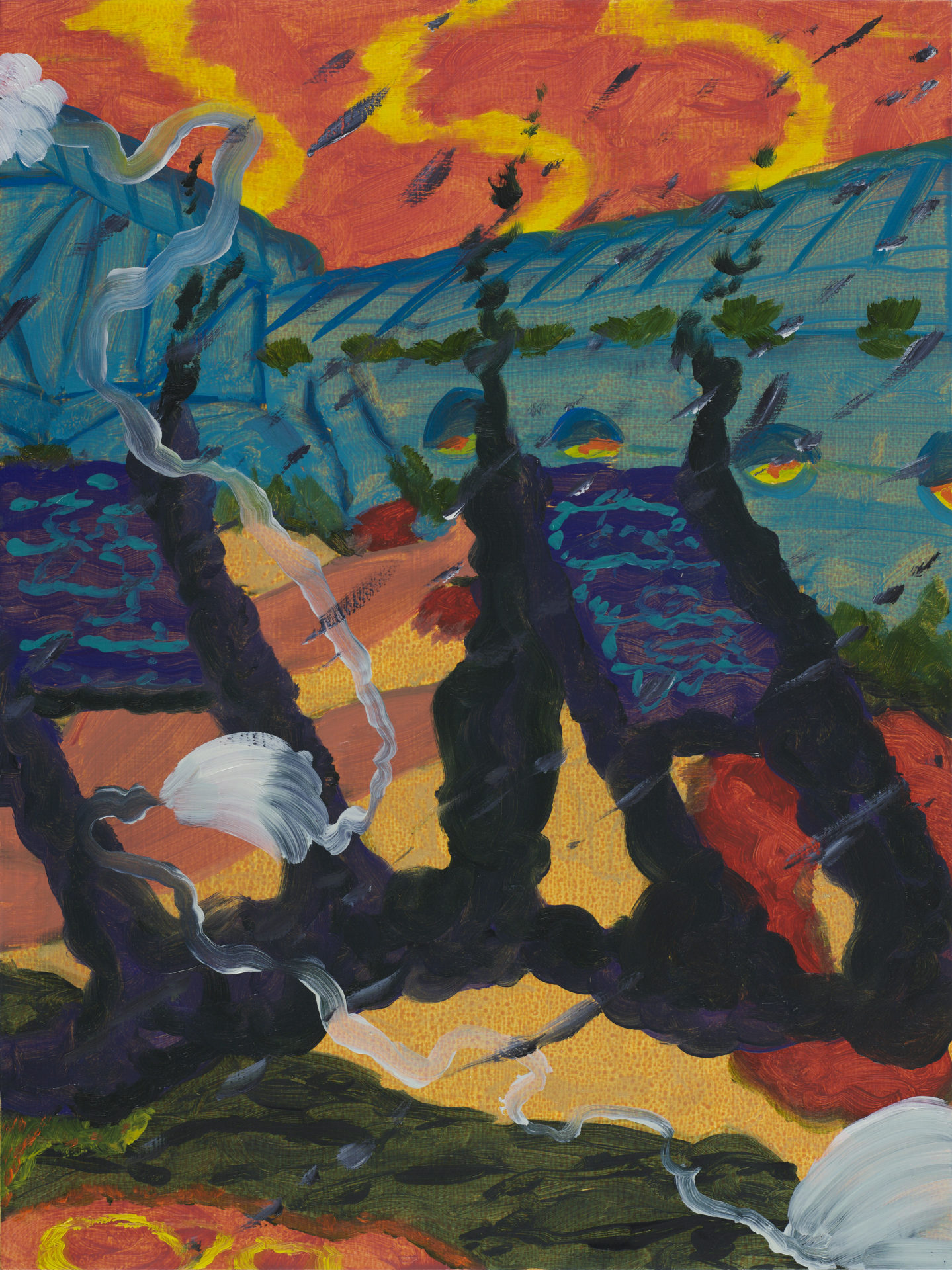

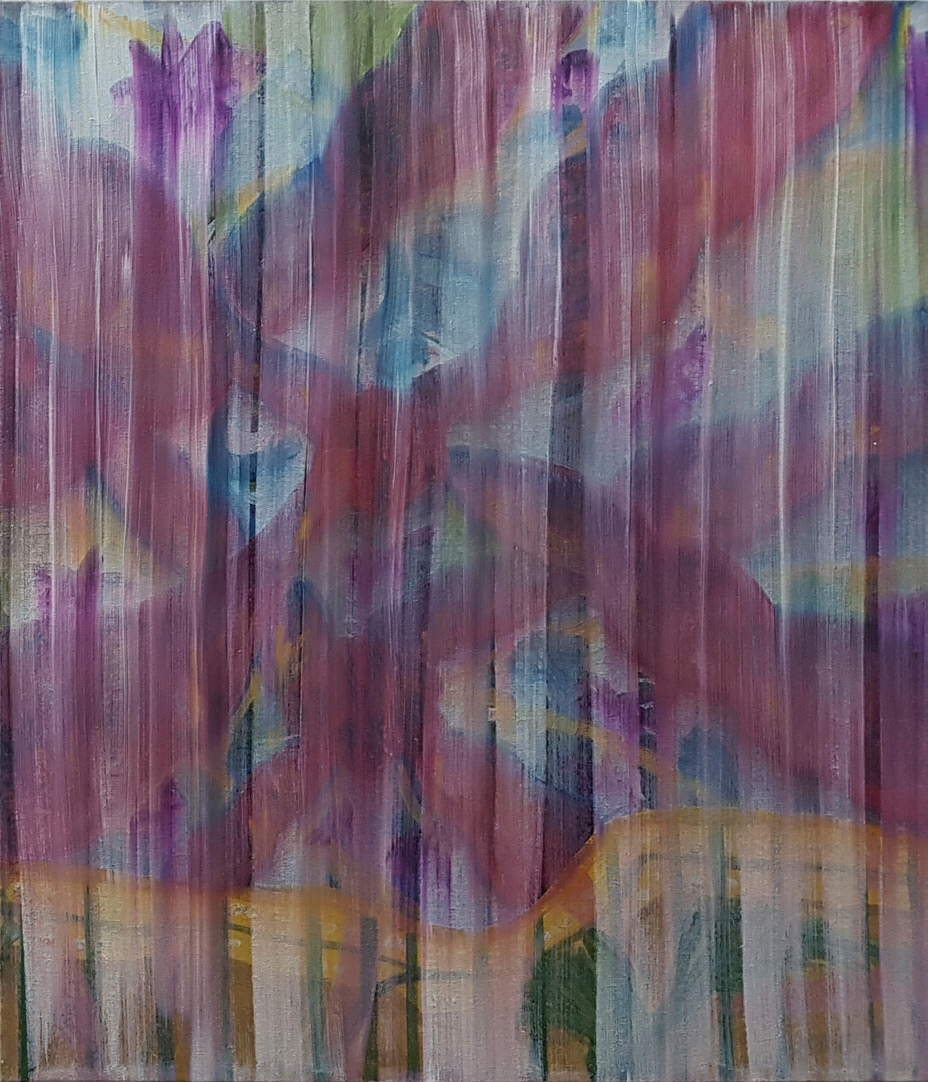


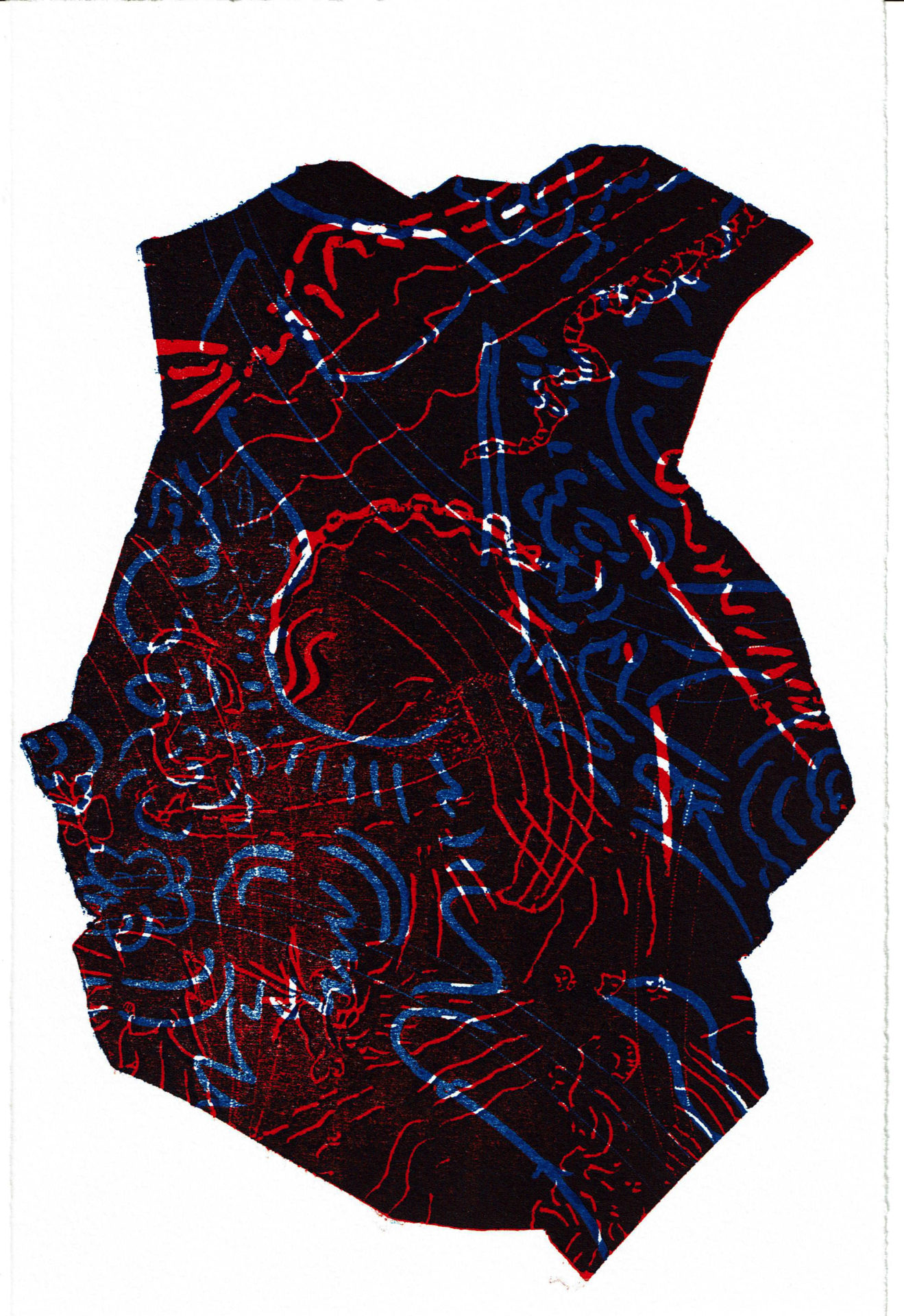

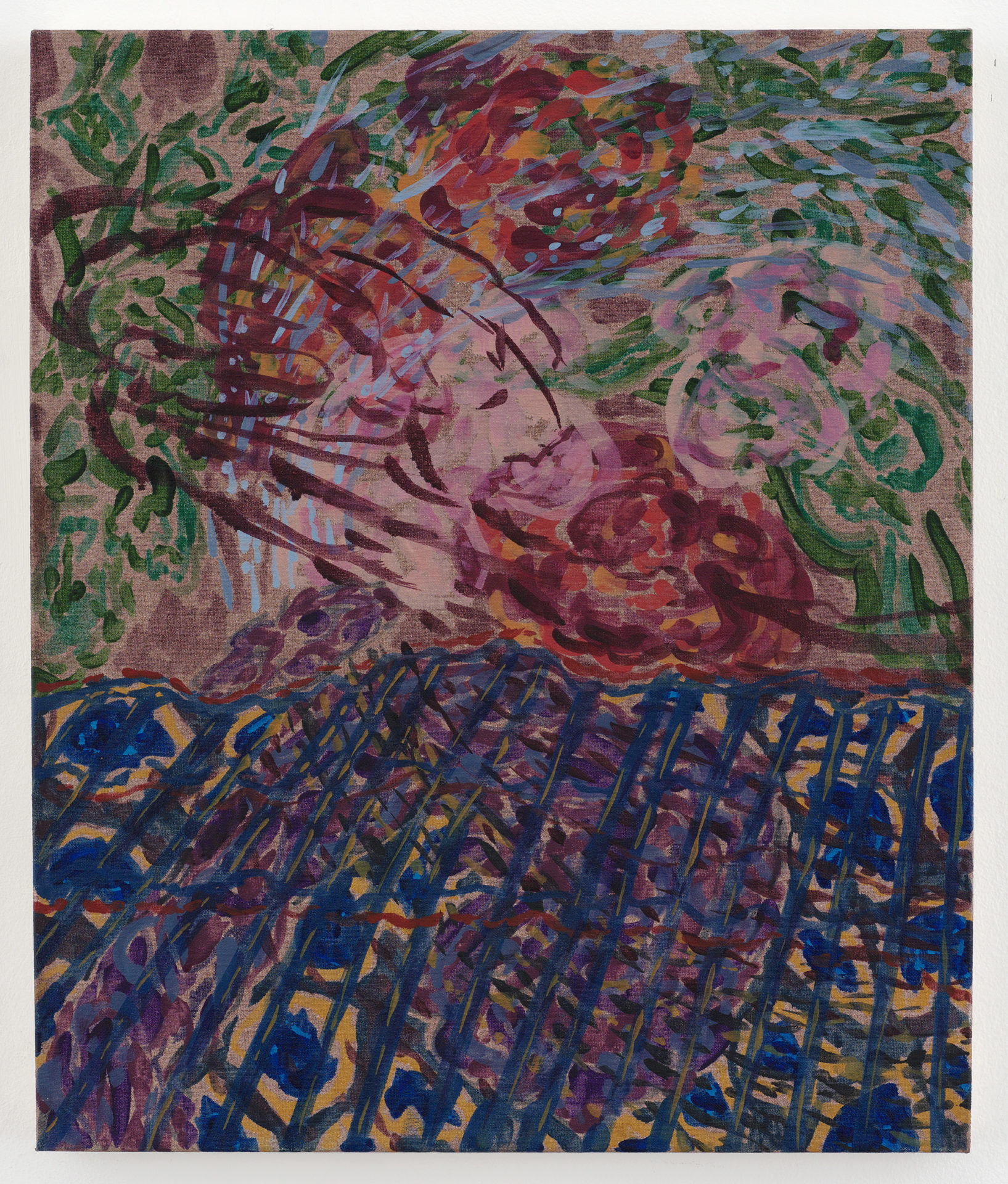
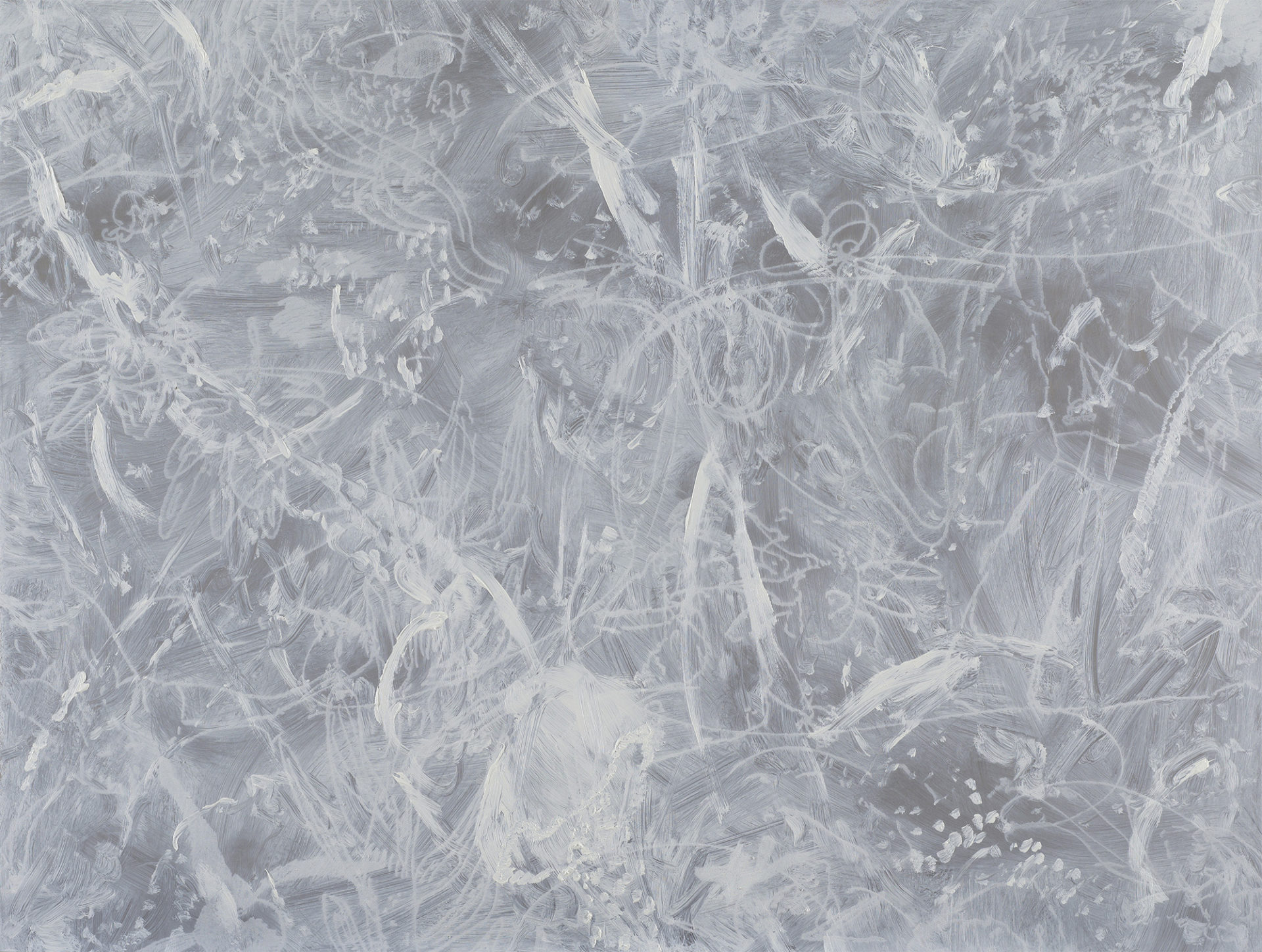
Abraham Kritzman
Looking in and Out from Cozla
by Àngels Miralda
From the lookout, a valley extends below. From the mountain, the landscape opens. At this altitude, you see everything laid out before you, and the wind hits your face. Gentle streaks of movement obscuring the distance like transparent sheets of glass. It whispers – something inaudible, indecipherable, in a language unknown to mankind, like a groan beneath the earth, something you feel rather than comprehend.
Abraham Kritzman works in various media with concepts of myth, archetype, and trace. Often, his work connects to a specific location, fable, or narrative fragment. His choice of stories reflects the concept of the walking pilgrim, a viewpoint that denotes a passing-through and a gaze of the wayfarer. In 2015, I travelled together with Kritzman to Piatra Neamț in northern Romania. Today, he lives in Tel Aviv but his ancestors came from this region. I imagined that for him, it must have been something spectacular, to hear stories from his grandparents about this city and then to see it as it is today. Something sent shivers down my spine – the traces and memories he must have without ever having stepped foot here. A family mythology made through stories and endless memories of youth. Somewhere in the city archives are full of their names, their houses, their children, their love.
Structured like a journey, Looking in and Out from Cozla is introduced with an image of a man falling through the top of the page into a tumbling descent (All those Demons Man), he could be our guide, or a self-portrait. The scrolling movement descends like a narrative arc, works are interspersed in a syncopated grammar. The descent through digital space is a placeholder for walking – an activity that might be considered banal but which reveals a new world. The pilgrim’s gaze takes in vast landscapes but also focuses on the details found along the path. The journey begins.
After our tumbling fall, darkness persists (The Necklace and The Pearl Dragon). Images layer in traces and scratches. Scrawled graffiti occupies a crowded plane in thicker and thinning lines. The darkness gives way to colour (The Rock, Cave), and finally, images appear. The frescoed walls of a church overlaid in 90’s graffiti manifest the generations and civilisations that share a territory over time. One, overlaying the other like a granite rock solidifying deep within the earth’s core.
We encounter the scratched surface of twin stelae (Domed pressure (grey) 1, Domed pressure (grey) 2), a repetitive architectural feature, maybe a balustrade now strewn on the ground. Here recognisable figures begin to form an image of what once was, and thin lines provide evidence of a double life. Then, a broken clay (Traian’s Exhale Smoke (fibers)). Dark and broken in three, like so many pottery shards strewn on the riverbanks from the times of Roman occupation. Then, we see the waves washing it all away (Their Place). Rubbing down the corners, making them smooth. Occulting the stories that once served to communicate our shifting truths.
We reach the lookout of Cozla (The Lookout L, The Lookout R, Laying 3), the mountain is battered by sheets of wind (Behind MO DRY L, Behind MO DRY R), the city extends below, the colours resplendently shining in an afternoon August sun. The air dances across the sky and whispers again, muted and transformed by methodical white strokes, so you can barely hear its words (TOCIC (the other cave is clearer)). Then again. Small pink flowers float on the wind and remind you of someone and a moment from the past (Flowers to Motoko (3), Flowers to Motoko (1)). Then it is loud, you hear every individual person that has lived on this soil. Scratching away at the stones one footstep at a time. There is something ghostly about it, a smoke or a fog sets on the city slightly obscuring the rooftops (The humours and butchers (1)). On the way down, we return to centuries-old frescoes in the style of the Voronets monastery obscured by graffiti. Our shoes tap and step slightly polishing the stones through centuries of wear, adding little traces of our existence as we caress the sculpted contours of a carved human eye with our outstretched fingers. An earthly enchantment exists in this place, precisely because we are walking through it.
Exhibition text by Àngels Miralda (b. Barcelona, 1990. Lives and works in Terrassa, Catalonia). She has written for Artforum, Art Review, Collecteurs Magazine, Rotunda Magazine and Revista Arta and has curated exhibitions at Centre Georges Pompidou and Berlinale. She has curated exhibitions supported by the Arts Council England and The Cultural Ministries of Estonia, Iceland, Czech Republic and Croatia. She is the Programming Co-Director at lítost, a curatorial institute based in Prague.
ARTWORK TITLES
All those Demons Man, 2018, Oil on canvas, 51×41 cm
The Necklace and The Pearl Dragon together, 2019, Woodcut, 120×80 cm
The Rock, 2017, Oil on canvas, 80×60 cm
Cave, 2017, Oil on canvas, 80×60 cm
Domed Pressure (grey) (1), 2018, Woodcut monoprint and porcelain, 90×63 cm
Domed Pressure (grey) (2), 2018, Woodcut monoprint and porcelain, 90×63 cm
Traian’s Exhale Smoke (fibers), 2019, Ceramics, 38x42x3 cm
Their Place, 2017, Oil on canvas, 180×150 cm
The Lookout L, 2019, Oil on wood, 40×30 cm
The Lookout R, 2019, Oil on wood, 40×30 cm
Laying (3), 2020, Woodcut print, 35×25 cm
Behind MO DRY L, 2018, Oil on canvas, 70×60 cm
Behind MO DRY R, 2018, Oil on canvas, 70×60 cm
TOCIC (The other cave is clearer), 2018, Artist book: set of 9 layered woodcut prints printed on 300gsm 100% cotton Arches Paper, 5 in black and white and 4 in colour, Edition of 25 with one artist’s proof
TOCIC (The other cave is clearer), 2018, Artist book: set of 9 layered woodcut prints printed on 300gsm 100% cotton Arches Paper, 5 in black and white and 4 in colour, Edition of 25 with one artist’s proof
Flowers to Motoko (3), 2016, Oil on canvas, 70×50 cm
Flowers to Motoko (1), 2016, Oil on canvas, 60×50 cm
The humours and butchers (1), 2019, Engraving and oil on aluminium, 60×80 cm